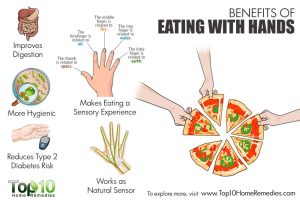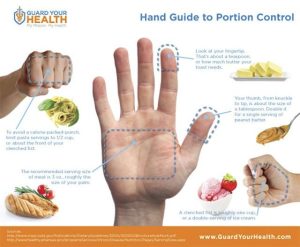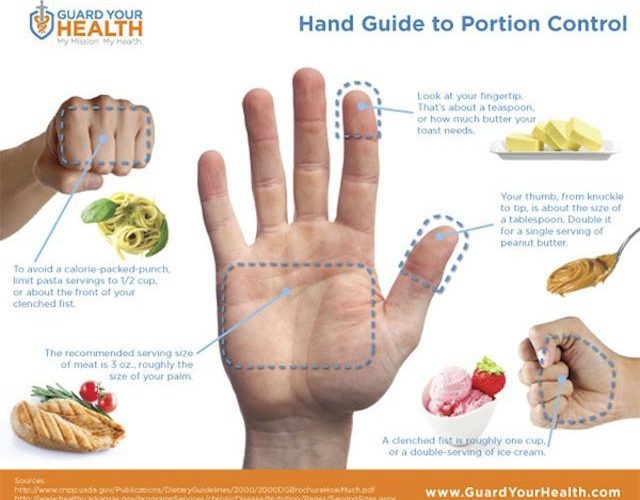Introduction
In a world where utensils, cutlery, and fine dining often take center stage, there’s a quiet, age-old practice that connects us to our food in a unique way – eating with our hands. In this article, we’ll delve into the intriguing science and cultural significance of this practice, exploring why eating with your hands can be not only a sensory delight but also beneficial for your mind and body.
A Timeless Tradition
Across the world, various cultures have embraced the art of eating with their hands, from enjoying Indian curries with naan to savoring Ethiopian injera. While it may seem less formal, there’s more to this practice than meets the eye.
The Science Behind Eating with Your Hands
Before we uncover the cultural and health aspects, let’s explore the science behind this tactile way of consuming food.
1. Sensory Stimulation
Our hands are incredibly sensitive, with numerous touch receptors that allow us to feel the texture, temperature, and consistency of the food we’re about to eat. This tactile feedback enhances our overall dining experience.

2. Mindful Eating
When you eat with your hands, you tend to be more present in the moment. The act of feeling your food and engaging your senses promotes mindful eating, which has numerous benefits for your well-being.
3. Improved Digestion
Touching your food sends signals to your brain, preparing your digestive system for the incoming meal. This simple but effective pre-digestion process can lead to improved digestion and nutrient absorption.
Cultural Significance
Eating with your hands is not just about science; it’s deeply rooted in culture and tradition.
1. Connection to Heritage
For many cultures, eating with one’s hands is a way to connect with their heritage and preserve culinary traditions that have been passed down through generations.
2. Social Bonding
Eating with your hands often promotes a sense of togetherness. In many cultures, it’s common for people to sit around a shared meal, breaking bread (or naan) together.
3. Expressive Dining
The act of eating with your hands can be expressive and artistic. In some cultures, it’s a way of conveying joy, love, or celebration through shared meals.
Health Benefits
Beyond the sensory and cultural aspects, eating with your hands has its share of health advantages.
1. Portion Control
Eating with your hands can help you become more attuned to your body’s hunger cues. You’re more likely to stop when you’re satisfied, aiding in portion control.
2. Mindful Eating
The tactile experience of eating with your hands encourages mindful eating, reducing the chances of overeating and promoting a healthier relationship with food.
3. Improved Hygiene
Contrary to the misconception that eating with your hands is unhygienic, washing your hands before a meal and using them directly can, in fact, be more sanitary than using utensils.

Conclusion
The hand-to-mouth connection, far from being a messy or uncivilized practice, is a rich tapestry of sensory delight, cultural heritage, and health benefits. It invites us to eat mindfully, connect with our roots, and engage in social bonding through shared meals.
This article is for anyone who’s curious about the science, culture, and health aspects of eating with their hands. By understanding the depth of this practice, you can develop a greater appreciation for this age-old art and potentially reap its manifold benefits.












